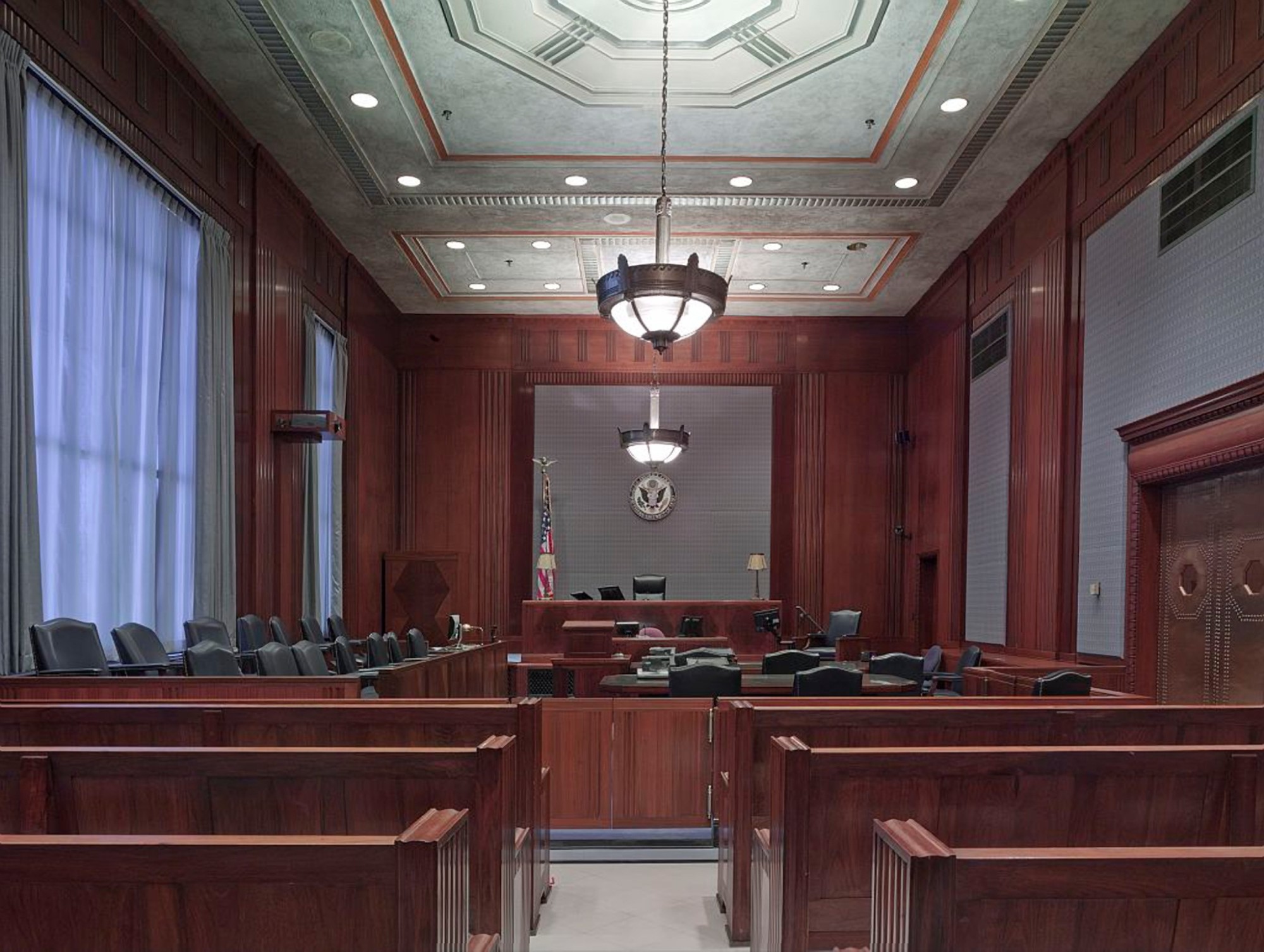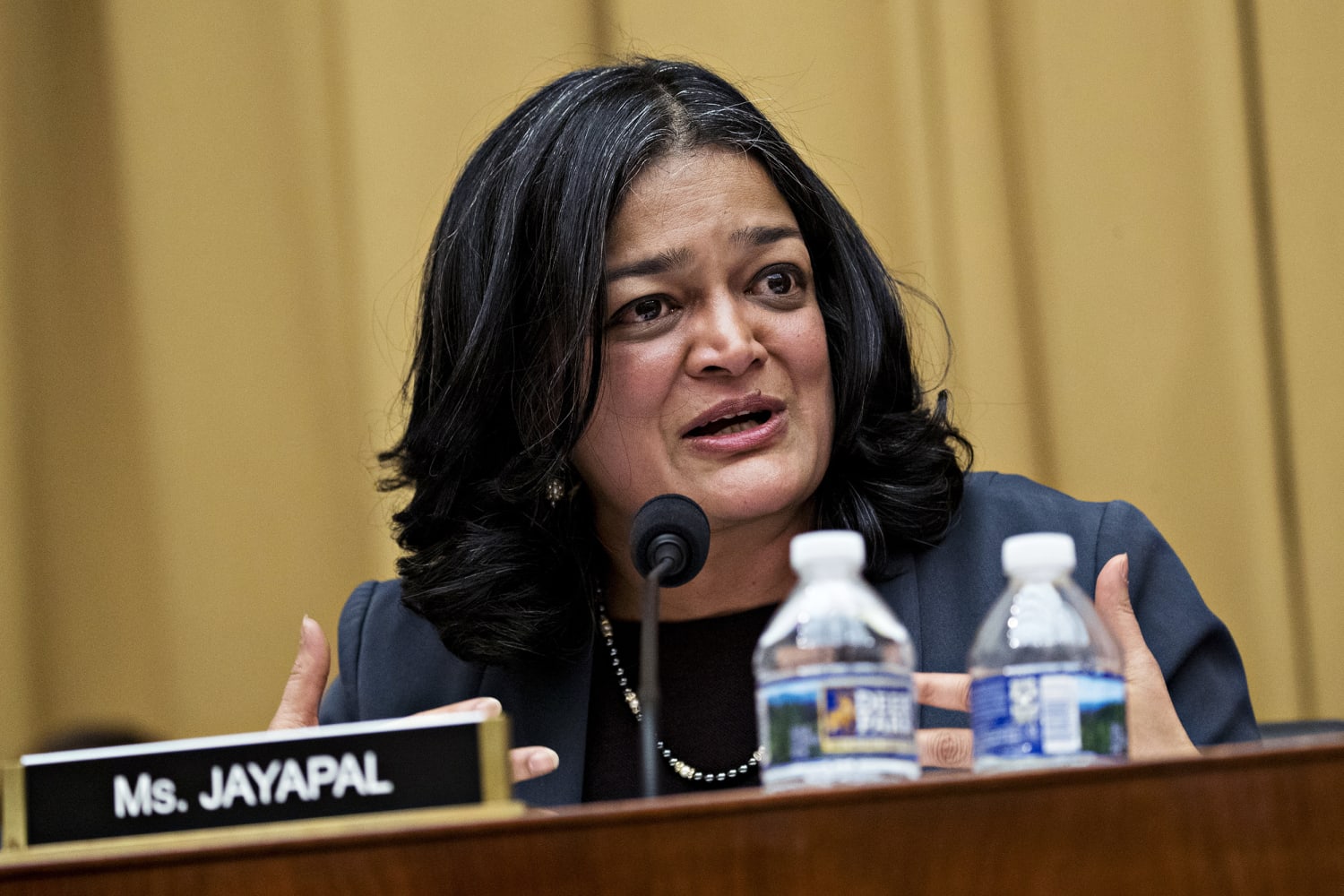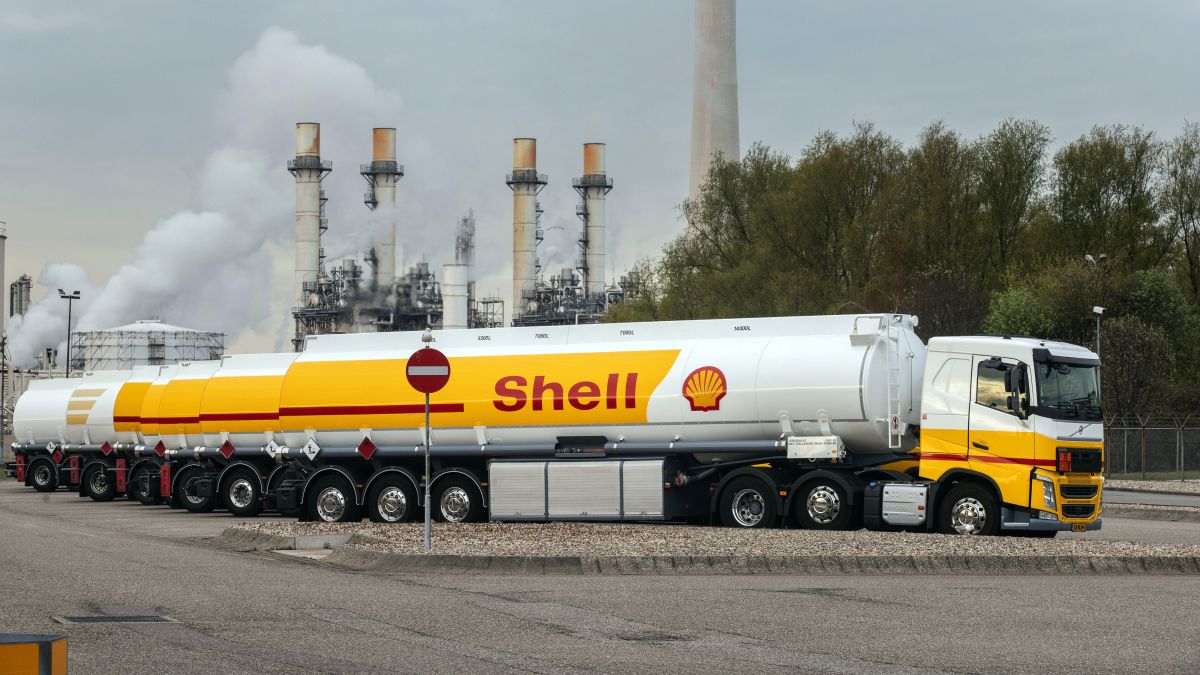
Press accounts of Microsoft’s $70 billion offer for Activision Blizzard make frequent references to the legal problems it would inherit from the gaming company, which is embroiled in lawsuits and regulatory actions relating to sexual harassment and discrimination.
Those problems are real, but it is misleading to suggest that Microsoft is a boy scout of a company with no legal difficulties of its own. While none of the cases involve the same allegations surrounding Activision, Microsoft has, as shown in Violation Tracker, racked up more than $300 million in regulatory fines and class action lawsuit settlements over the past two decades.
The largest cases involve anti-competitive practices—the same issue that made Microsoft notorious in the 1990s. In 2009 the company paid $100 million to resolve a case brought by the Mississippi Attorney General, and in 2012 it paid $70 million to settle a similar suit brought by a group of cities and counties in California.
Microsoft has also faced accusations of foreign bribery. In 2019 one of its subsidiaries paid $8.7 million to resolve criminal charges linked to alleged violations of the Foreign Corrupt Practices Act in Hungary. The parent company paid $16 million in a related civil matter brought by the Securities and Exchange Commission.
LinkedIn, a Microsoft subsidiary, paid $13 million in 2016 to settle a class action lawsuit alleging that it sent unsolicited messages to users.
Microsoft has had its own problems with employment discrimination. In 2020 it agreed to provide $3 million in back pay and interest to employees to resolve federal allegations that hiring patterns at several of its locations showed a statistical bias against Asian applicants.
Finally, Microsoft shares with Activision a track record of wage and hour violations. In 2014 LinkedIn was compelled to pay over $5 million in back pay and liquidated damages to a group of 359 current and former employees who had not received proper overtime pay.
In 2000 Microsoft paid $97 million to settle a lawsuit alleging that it misclassified several thousand people as independent contractors to avoid paying them overtime pay and employee benefits. This was the same issue in a lawsuit brought against Activision in California on behalf of senior artists. In 2017 the gaming company paid $1.5 million to settle the suit.
Despite its transgressions over the past two decades, Microsoft has developed a more benign image than not only Activision but also the other giants of the tech industry, including Amazon, Google and Facebook.
An assessment in the Washington Post attributes this not to changes in Microsoft’s practices but to its public relations and lobbying, especially in relation to Washington lawmakers, many of whom, the Post states, treat the company “like a trusted ally in their efforts to rein in other large tech companies.”
The Activision deal, which raises some significant antitrust issues given Microsoft’s sizeable Xbox business, will be a test of the strength of its good will among policymakers. This will be a good opportunity for those calling for stronger enforcement to show they are serious.






/cloudfront-us-east-2.images.arcpublishing.com/reuters/ACF5MTUS35JEVGWGBQ2BN4RKGQ.jpg)


You must be logged in to post a comment.